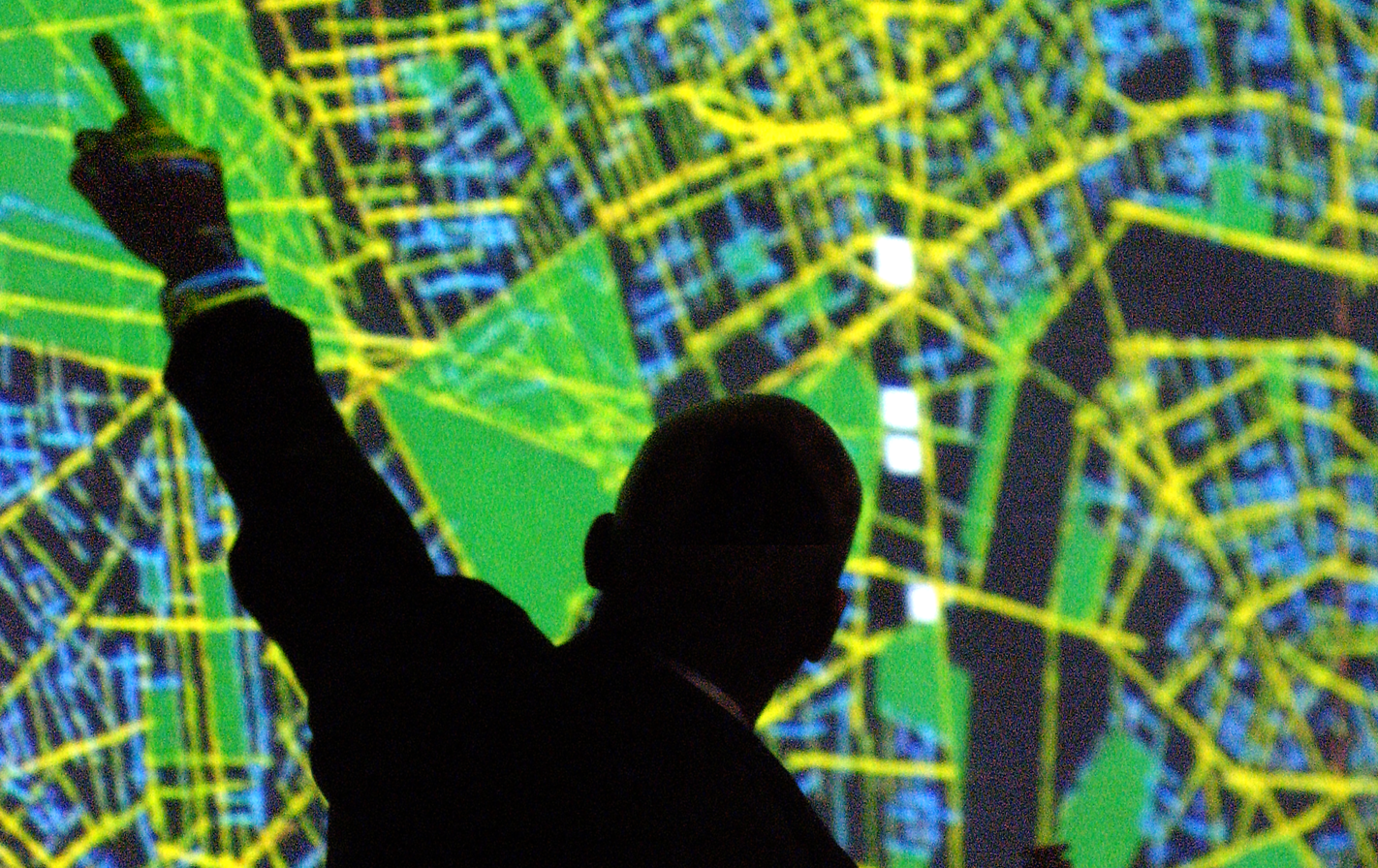
A grassroots movement among Stanford faculty – inspired and led by many people, including James Spudich, Bill Mobley, Channing Robertson, Steven Chu, and Lucy Shapiro – resulted in a bold enterprise known as Bio-X, created to facilitate interdisciplinary research and teaching in the areas of bioengineering, biomedicine, and bioscience.
In September of 1998, Provost Rice and Vice Provost Kruger created a Planning Committee consisting of faculty from the schools of Engineering, Medicine, and the Humanities and Sciences. This group developed Stanford Bio-X, and, thanks to a significant lead gift from James H. Clark as well as additional support from Atlantic Philanthropies, the concepts and the construction of a radical new interdisciplinary research building came to life in 2003.
Since its establishment in 1998, Bio-X has operated across all seven schools and has charted a new approach to life science research by bringing together the combination of experts – medical doctors, scientists, engineers, and others – needed to tackle the complexity of the human body. With its home base in the James H. Clark Center, Bio-X operates both literally and figuratively at the crossroads of medicine, science, and engineering, drawing faculty and students from all seven schools across the university.

Photo by L.A. Cicero: Clark Center architect Lord Norman Foster presents
on the construction of the Clark Center.
The Clark Center, which houses 45 state-of-the-art labs, is specifically designed to encourage purposeful and serendipitous encounters among faculty and graduate students to foster fruitful collaborations. It serves as the physical embodiment of Bio-X and is a magnet engaging over 600 Stanford faculty to study life systems at levels of complexity ranging from the molecular to the behavioral. Bio-X furnishes these collaborators with critical resources – seed grants, graduate fellowships, undergraduate student support, and venture funds – to undertake very early-stage research. Like an incubator, Bio-X provides the organizational structure and angel funding to try bold new ideas that are too unproven and interdisciplinary for traditional funding agencies.
What began as a bold experiment is now a demonstrated success. Research fostered by Bio-X has attracted global attention and produced amazing results, including breakthrough technologies and entirely new fields of study.
